Owners should have a good understanding of the breed’s intellect in order to be able to provide the right home environment and control the dog outdoors.
The origins of the Doberman can be traced back to the mid-19th century when tax collector and dog-pound keeper Louis Dobermann decided to create his own breed after realising he needed an assistant tough enough to protect him from bandits and imposing enough to make reluctant tax payers part with their money.
His new pal was developed from the Rottweiler, Manchester Terrier and Greyhound breeds. And after his death the breed was further refined into the animal we recognise today by Otto Goeller.
Impressive in stature and voice, the Doberman needs experienced owners who can control them and channel their energy appropriately.
Health care and feeding
Generally a clean breed, the Doberman requires little attention. A good rub-down of its coat with a towel will help remove loose hairs and a wet flannel takes care of any muddy bits. Weekly attention to ears and nails helps keep things in order.
A Doberman should receive two meals a day, with a quality complete dry food as the main element. Here at Battersea Dogs & Cats Home we feed all our dogs on a mixed diet of wet and dry food kindly donated to us by Pedigree. Obesity in dogs is an increasing problem in the UK and it is essential that every dog, regardless of breed has a diet suited to its size and the amount of exercise it takes. If you have any concerns about your dog’s weight please discuss these with your vet. Don’t forget that when feeding your dog either canned or dry foods, ample water must be available at all times.
As with all large breeds, it is important Dobermans are not exercised an hour before or after eating, as this can lead to digestive problems.
Because the breed will typically eat anything and everything, they can be prone to gluttony and pilfering. Discourage people from feeding them at the table and keep your eye on any food laying about!
Other dogs and animals
Typically boisterous in its interaction with other dogs, the Doberman’s exuberant nature can put off some dogs although generally they mean no harm.
Like all breeds, Dobermans can live quite happily with cats, although it’s important to always consider compatibility on an individual basis. Out and about, fast-moving furries may catch a Doberman’s eye and they are likely to give chase if not kept under control.
As with most breeds a dog’s relationship with other animals and younger people depends on the individual.
Exercise
An athletic breed, Dobermans have lots of energy. This needs to be burned off with in-garden off-lead exercise and controlled walks. A good variety of walk locations, from park to street to beach, will help with training and build up a dog’s focus.
Out and about exercise should be controlled, with the emphasis on an aerobic walk combined where appropriate with socialising with other people and dogs. Concentrate on walking to heel, peppering ‘stop’, ‘sit’ and ‘wait’ commands throughout. Off-lead exercise in the garden could take the form of fetch work, ‘go find’ games or just fun frolics with a favourite toy.
Playtime
Dobermans love to play with tennis balls, soft toys, raggers and squeaky toys. However, because of their size and strength care needs to be taken to ensure they don’t become over-excited. Choosing appropriate toys is also important; they need to be the right size and strong enough to withstand powerful jaws. Kong and Nylabone products are best.
It’s a good idea to incorporate basic commands such as ‘sit’, ‘stay’, ‘leave’ ‘go’ and ‘fetch’ into games as this exercises both brain and body and helps keep the animal stimulated. Many also enjoy agility exercises or a good jog with their owner.
Hometime
The breed loves its home comforts, and a nice bed with lots of blankets or a duvet will be much appreciated. The appropriate and correct use of a suitably-sized indoor crate can be invaluable. It can serve as a haven for a dog to retreat to when he wants to rest, sleep or just be left alone, as well as a place where he can be left safely when you’re out, avoiding problems if it gets scared or spooked.
Use of indoor crates or kennels should be a positive experience and further reading on their correct use is essential before you can install one in your home. They are not a quick fix as it takes time for a dog to become accustomed to their use.
Dog training classes
If you plan to attend a dog training class choose one that been approved by the Association of Pet Dog Trainers (APDT ). A list of recommended classes in your area can be obtained from the
APDT. Before registering watch a class in progress to ensure you agree with the methods being used
See Gallerie:
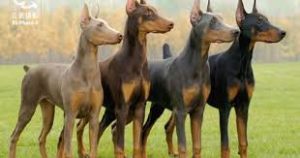
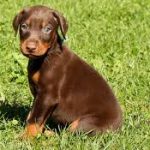


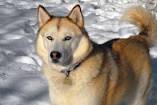
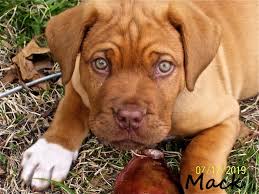


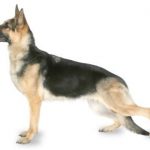
 dhrehrheerrherher
dhrehrheerrherher